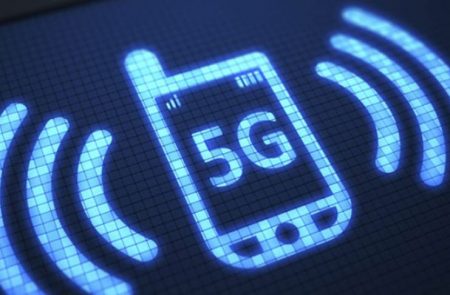We are more and more aware of the environment, and today we can recycle almost everything to save our beautiful planet. Now our homes are filled with the latest technology, what do we do with the old stuff?
Here are 10 smart ideas for recycling E-waste to share with your kids, family and friends.
What is E-waste?
E-waste is electronic waste. E-waste is produced at up to three times that of normal household waste production. It can contain toxic materials such as lead, mercury, cadmium, hexavalent chromium and brominated fire retardants that are hazardous, difficult to dispose of and potentially damaging to the environment.
“Australians love their technology. We have an insatiable appetite for innovation, which is great. But we have to make sure it doesn’t come at a cost to our environment,” warns Carmel Dollisson, CEO of TechCollect, a free national e-waste recycling service funded by over 60 of Australia’s leading technology importers and manufacturers.
1. One in, two out. While a lot of e-waste ends up in landfills, a lot more gets stashed in cupboards, garages, spare rooms and shelves around Australia – meaning we have to keep mining our soil rather than recycling all the precious materials accessible above the ground in old technology. So, for every new piece of technology you welcome into your home, commit to recycling two unwanted pieces; we call it the “1-2 rule”, or “one in, two out”.
2. Stay data-safe. Always wipe important or personal files from your computer before taking it to any e-waste recycling service (visit techcollect.com.au for your nearest site).
3. Packaging pollutes. Australians send millions of tonnes of packaging to landfills every year. So, don’t forget to thoughtfully dispose of the cardboard box and any plastic packaging that came with your new purchase, or that you’ve kept from your old one.
4. Mark your calendar. Circle a month, even twice a year, in your family calendar that you’ll round up and dispose of all your household e-waste every year. Check techcollect.com.au for your nearest collection site, and make it a tradition. Now is a great time, for you to work on this.
5. Contact your local council to see if they will accept your e-waste.
6. Reincarnated relics. Over 90% of the raw materials like metals (including precious metals), glass and plastic found in a computer can be recycled or re-used if handled by a top-notch recycling service like TechCollect (free of charge to you). So, your trusty old faithful laptop could be reincarnated as jewellery, outdoor furniture, or in plastic fence posts in its next life if you take it to a collection site.
7. Take it to your work. Take your inspiration to recycle and reuse at work (when you are back working in your office), that is, not your e-waste! If you’re part of a small business, like just over 50% of workers in Australia* then consider how you can influence e-waste recycling in your workplace – maybe pool resources and do one trip to your nearest collection site with everyone’s home and office e-waste together (it’s free).
8. Tied up in knots. Those random power cables from your old TV, computer, printer or accessory can also be recycled too, even if they’re all knotted up in a drawer and you don’t know which cable belongs to which device – bring it with you to your nearest site, and thanks to recycling something beautiful could be made out of it!
9. Pay it forward. If your computer or TV is still in good working condition, give it to a family member or friend.
10. Encourage your friends and family to get involved and take responsibility for their e-waste. Lead by example and help out those who may need it, collect your grandparents’ or parents’ e-waste and make sure it is recycled responsibly.
Tell us which electronic equipment you will recycle.
* Sources: TechCollect, Sustainability Matters, Planet Green Recycling, Recycle at Work, Mobile Muster, Zero Waste WA.













